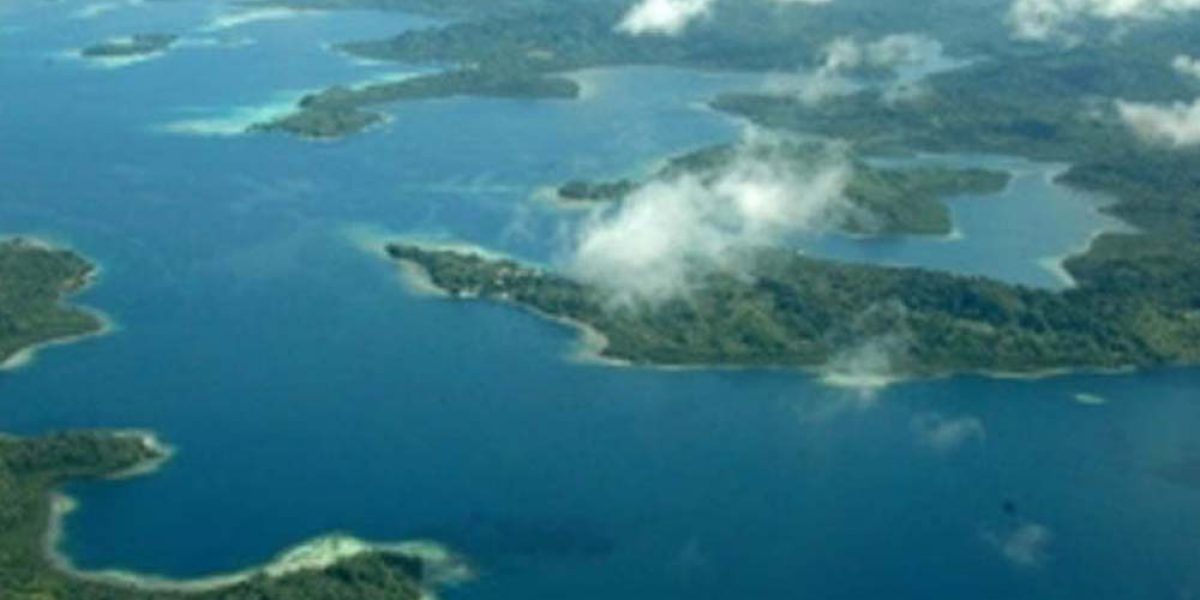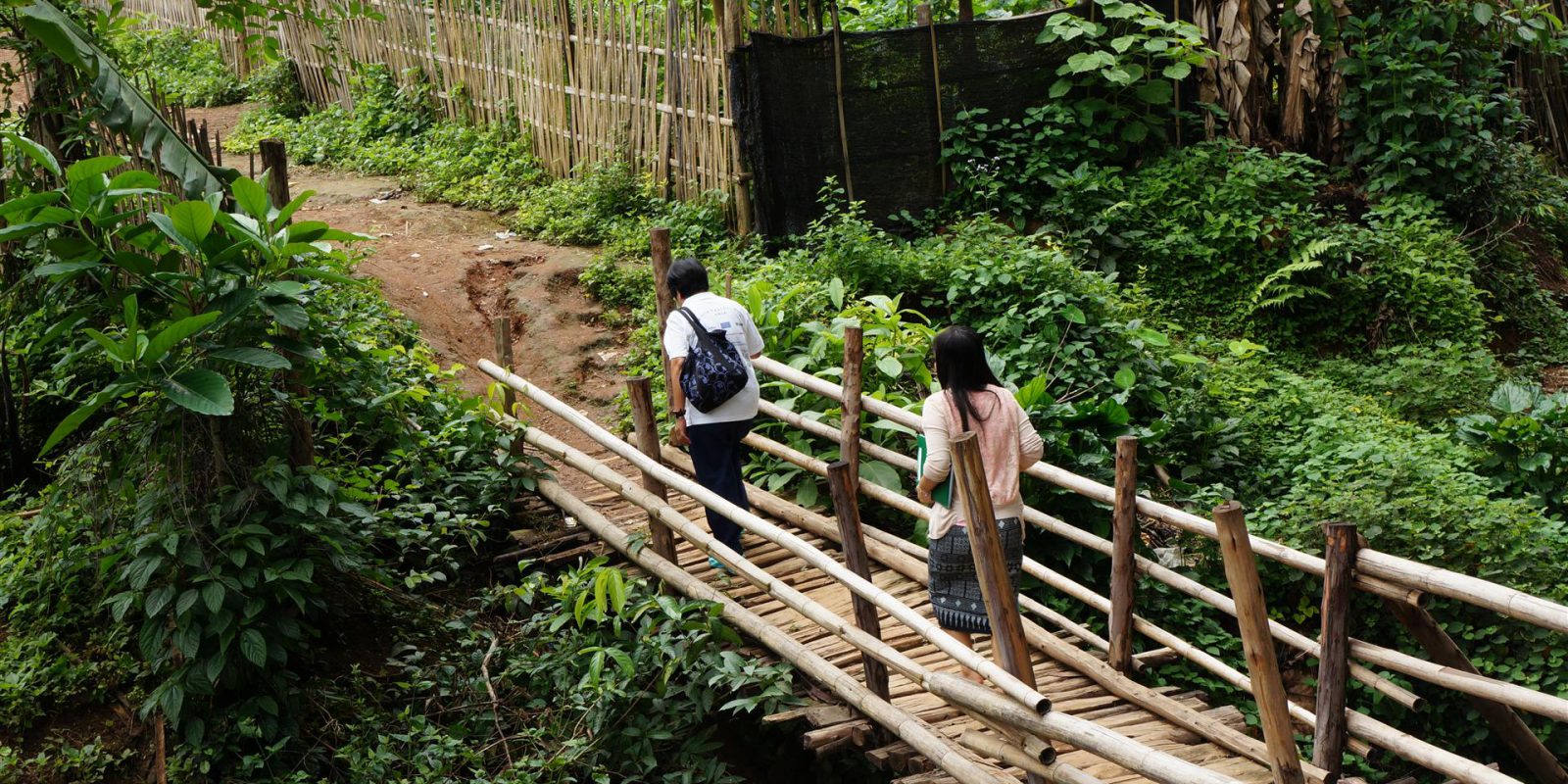Australia: struggling to survive on an atoll
30 August 2012|Dr Maryanne Loughry

Bougainville, 30 August 2012 —The coming months will see the relocation of the first 40 families from the Carteret Islands onto the mainland of Bougainville in Papua New Guinea. This process has been closely followed by JRS Australia which, in cooperation with UN refugee agency (UNHCR) in Port Moresby (Papua New Guinea), designed a data-collection process to be used by the Autonomous Bougainville Government in this relocation process.
The 40 families are being relocated because their islands can no longer produce sufficient food to feed its population. For decades families have struggled to survive on the atolls, but population size, land degradation due to salt inundation and land erosion and severe climate events have finally overwhelmed many families and forced them to consider relocating to the mainland of Papua New Guinea.
This is not an easy decision when you have been born and bred on an atoll. Short-term solutions, such as supplementary rice supplies, have helped postpone the inevitable, but budget constraints have prevented these supplies being delivered in 2012.
The main purpose of the data collection was to obtain sufficient data for the authorities in Bougainville to plan for the needs of those to be relocated, as well as data on the neighbouring host community. In practical terms, the data collection was quite a challenge: the data collectors had to travel to the Carteret Islands by banana boat, a trip that usually takes three hours and can also be much longer depending on the weather. All of the food and equipment for the data-gathering had to be taken on the boat because the islands are without stores and electricity.
The data collectors were recruited from a local community organisation headed up by Sr Lorraine, a Nazareth sister. The data collectors were on the islands for three weeks.
In recent months we have been analysing the data and writing a report for all of the relevant government departments. Our next step is to conduct a similar study on the ‘impacted community’ at the planned resettlement site which is a former plantation called Karoola.
A similar but smaller relocation project is currently underway from the Carterets to another relocation site called Tinputz. This is an initiative of a non-government organisation called Tulela Peisa. In this project, land has been donated by the local Catholic diocese. A total of five families have moved to Tinputz at this time.
Those being relocated are sometimes called ‘environmental refugees’ in the media. This is a term that is neither accurate nor welcomed in Bougainville. What is clear is that refugee agencies, like UNHCR and JRS, who are familiar with forced displacement, have insights to offer those striving to relocate families so that their future can be more secure.
This process has been closely followed by JRS Australia which, in cooperation with UNHCR Port Moresby, designed a data-collection process to be used by the Autonomous Bougainville Government (ABG) in this resettlement process.
The main purpose of the data collection was to obtain sufficient data for the ABG to plan for the needs of those to be resettled as well as data on the neighbouring host community. In practical terms the data collection was quite a challenge: the data collectors had to travel to the Carteret Islands by banana boat, a trip that usually takes three hours and can also be much longer depending on the weather. All of the food and equipment for the data-gathering had to be taken on the boat because there are stores or electricity on the islands.
The data collectors were recruited from a local community organisation headed up by Sr Lorraine, a Nazareth sister. The data collectors were on the islands for three weeks.
In recent months we have been analysing the data and writing a report for all of the relevant government departments. Our next step is to conduct a similar study on the ‘impacted community’ at the planned relocation site which is a former plantation called Karoola.
A similar but smaller relocation project is currently underway from the Carterets to another relocation site called Tinputz. This is an initiative of a NGO called Tulela Peisa. In this project, land has been donated by the local Catholic diocese. A total of five families have moved to Tinputz.
Those being relocated are sometimes called ‘environmental refugees’ in the media. This is a term that is neither accurate nor welcomed in Bougainville. What is clear is that refugee agencies, like UNHCR and JRS, which are familiar with forced displacement, have insights to offer those striving to relocate families so that their future can be more secure.


